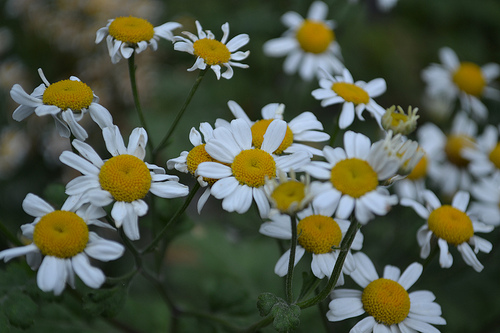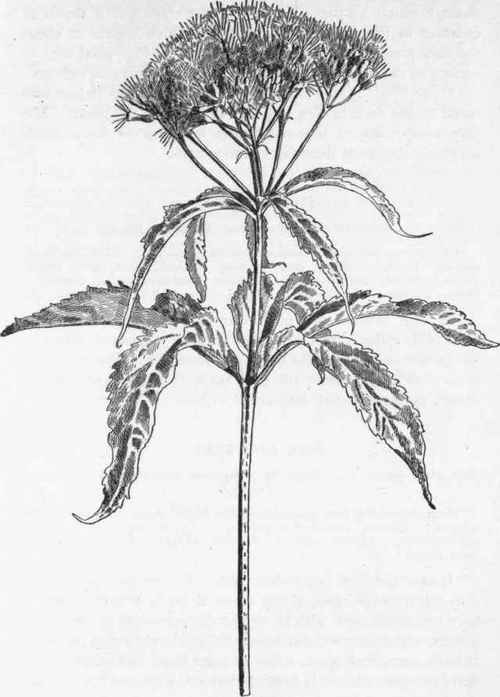Eupatorium
Pot Cultivation
These plants should be planted in moist, fertile, humus-rich soil, in a sunny or partially shaded position. When they are grown indoors, they should be planted in three parts fibrous loam, one part leaf mold and dry cow manure, and one part sand. When tender, indoor kinds have finished flowering, they should be pruned back and kept cooler and a bit drier for a few weeks. They may then be propagated or repotted and started into growth again. They all need a lot of water while they are growing actively.Propagation
The herbaceous kinds are easily increased in the spring or fall by dividing the clumps or by removing shoots, a few inches long, in the spring and inserting them in a frame. All the shrubby kinds can be reproduced by cuttings placed under glass in the spring. As soon as they have formed roots, they should be moved into larger pots. When the final pots are filled up with roots, they should be given manure water regularly. Seeds may also be sown in the spring. |
 |
| E. aromaticum | E. purpureum |
VAREITIES:
- These are the hardy kinds that are suitable for the herbaceous border, wild garden, or the edge of a pond or stream -
E. aromaticum;
E. perfoliatum (Common Boneset);
E. coelestinum (Mist-Flower / Hardy Ageratum);
E. rugosum (White Snakeroot)
E. purpureum (Joe Pye Weed).
- These are the kinds for the greenhouse -
E. ligustrinum (often called E. micranthum);
E. riparium;
E. atrorubens;
E. sordidum (E. ianthinum) (must be grown in a greenhouse having a minimum temperature of 50 degrees or outside in the far South);
E. macrophyllum.




